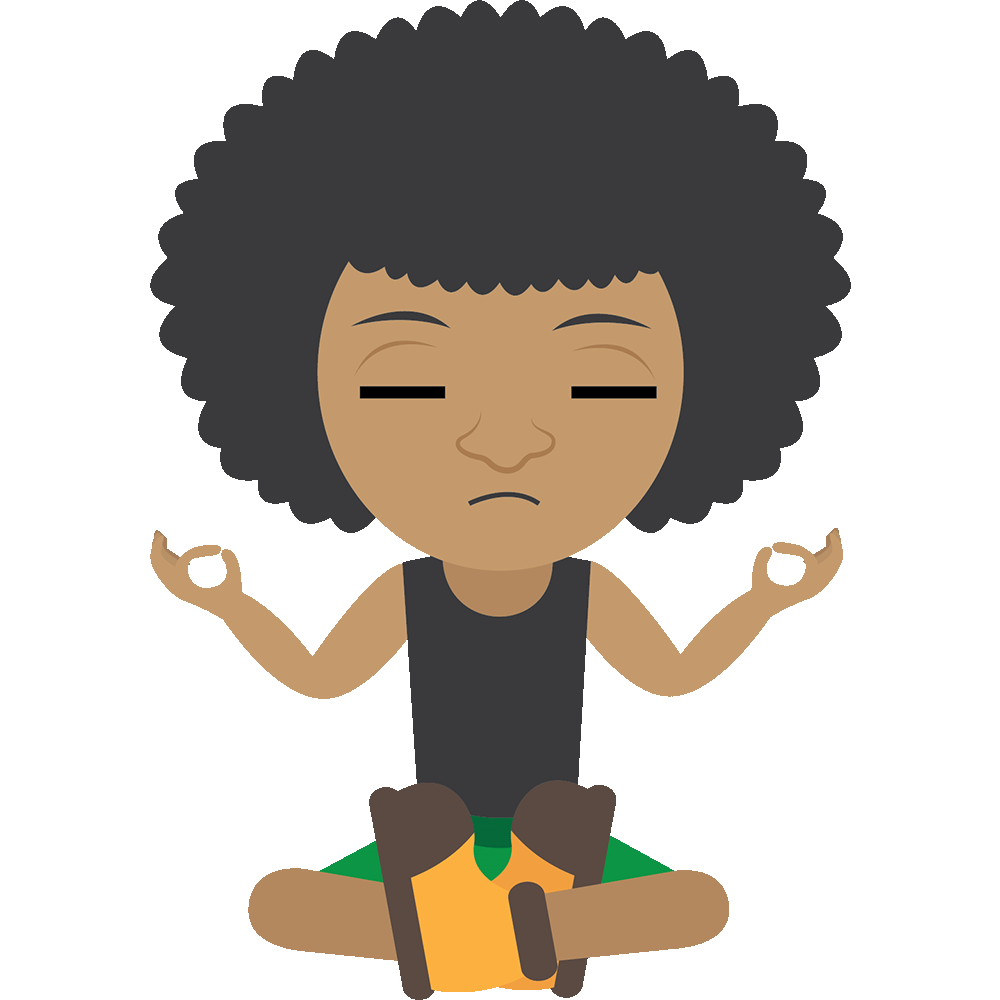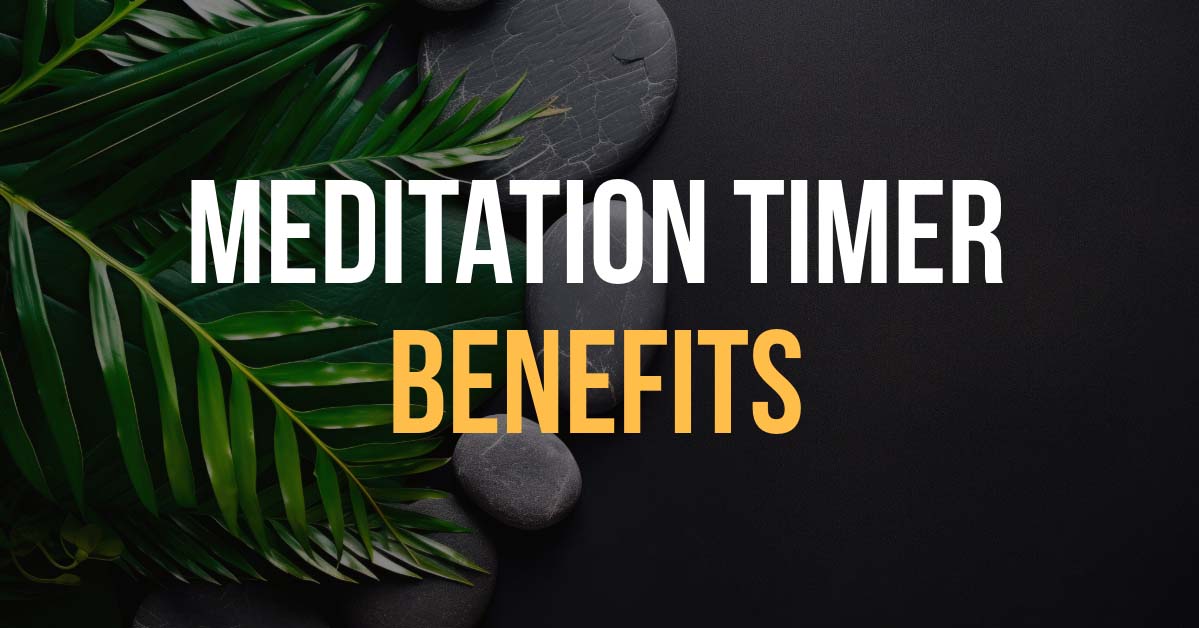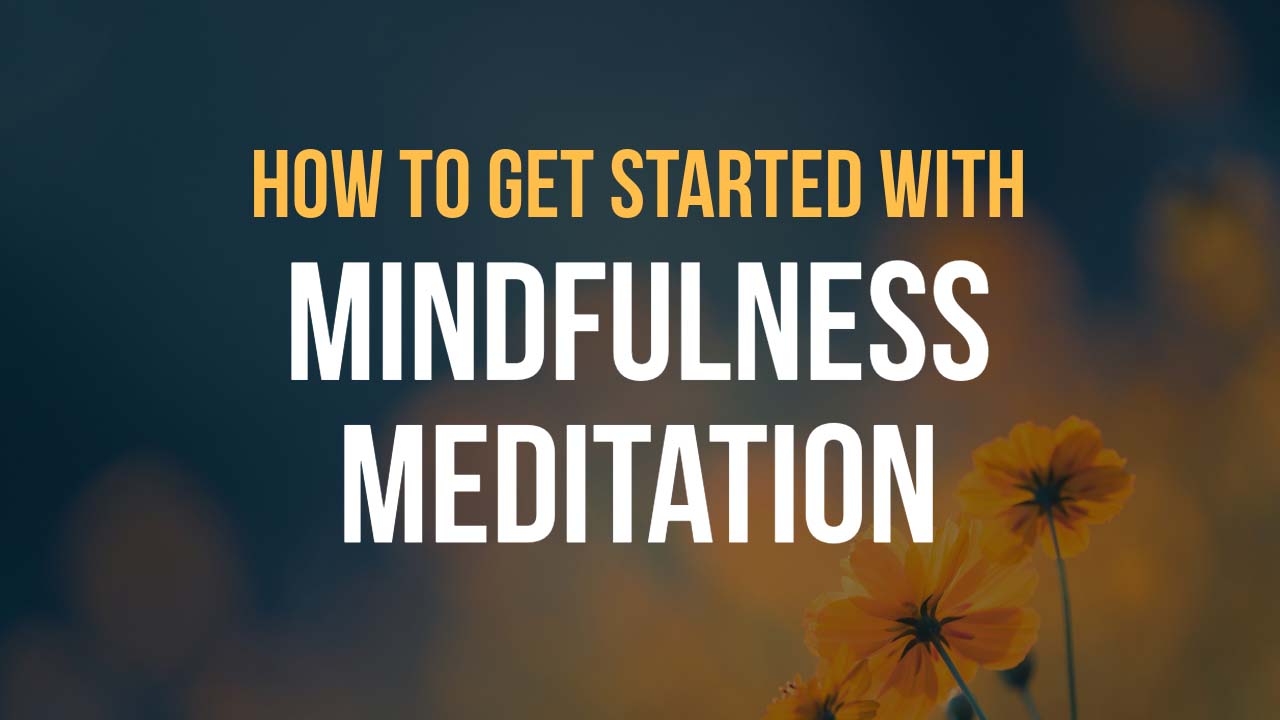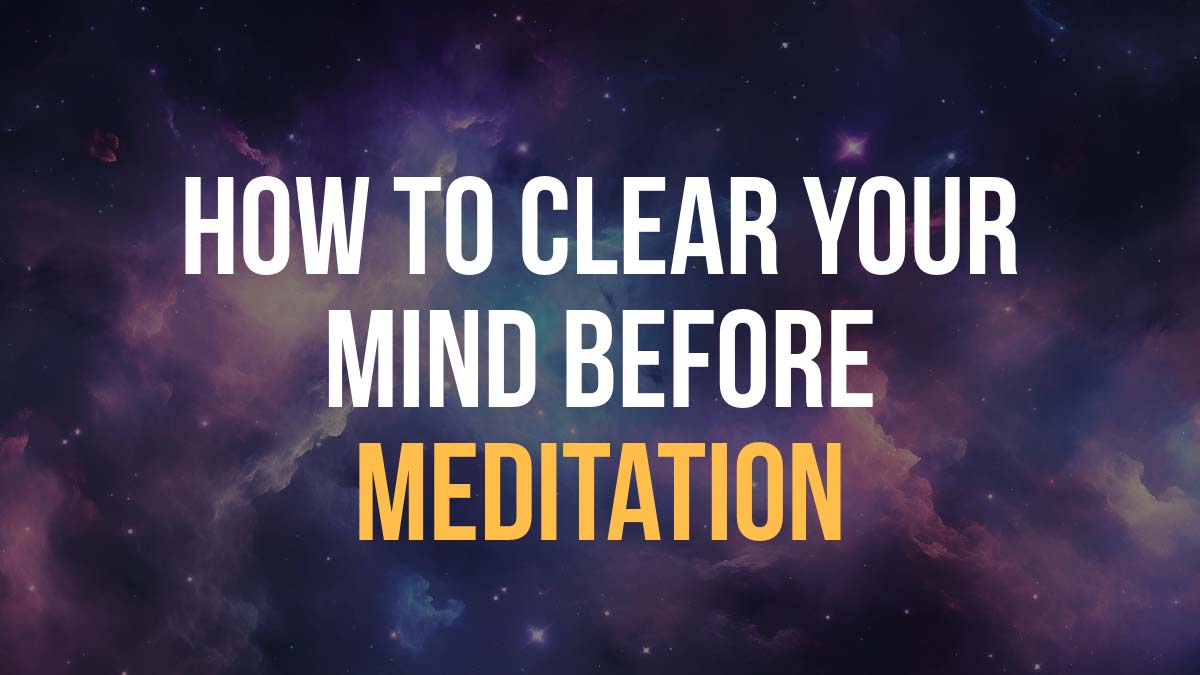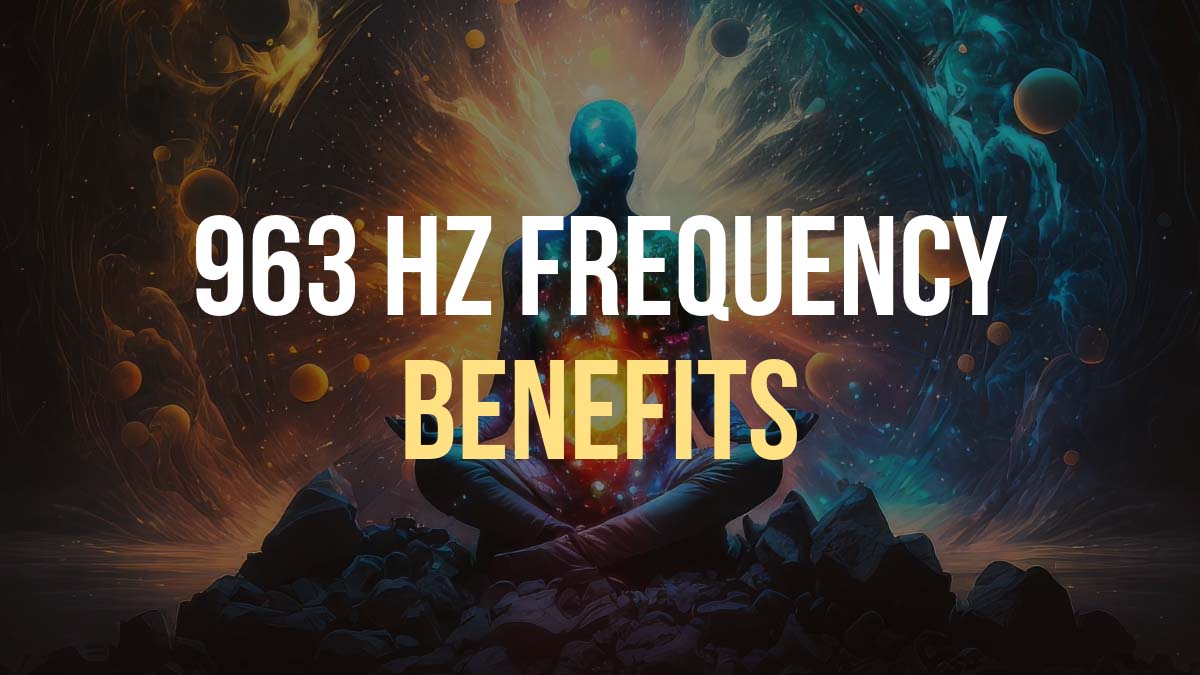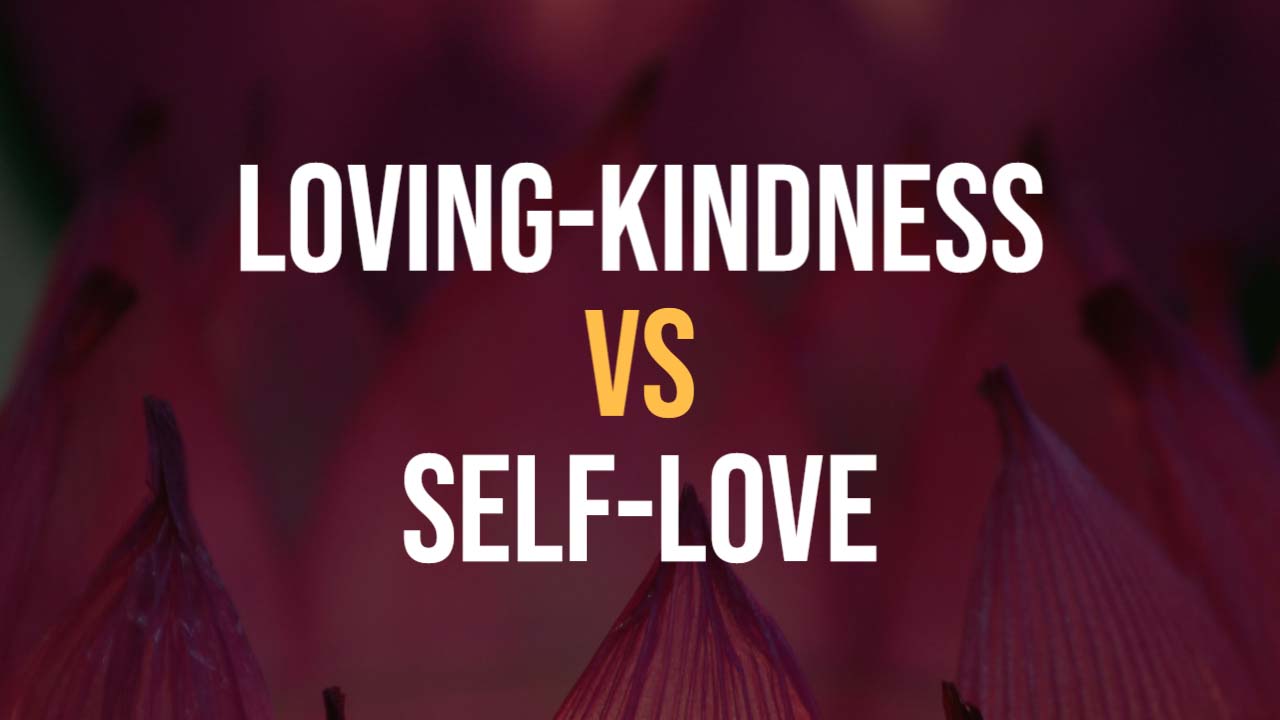Does Sleep Meditation Work For Children?
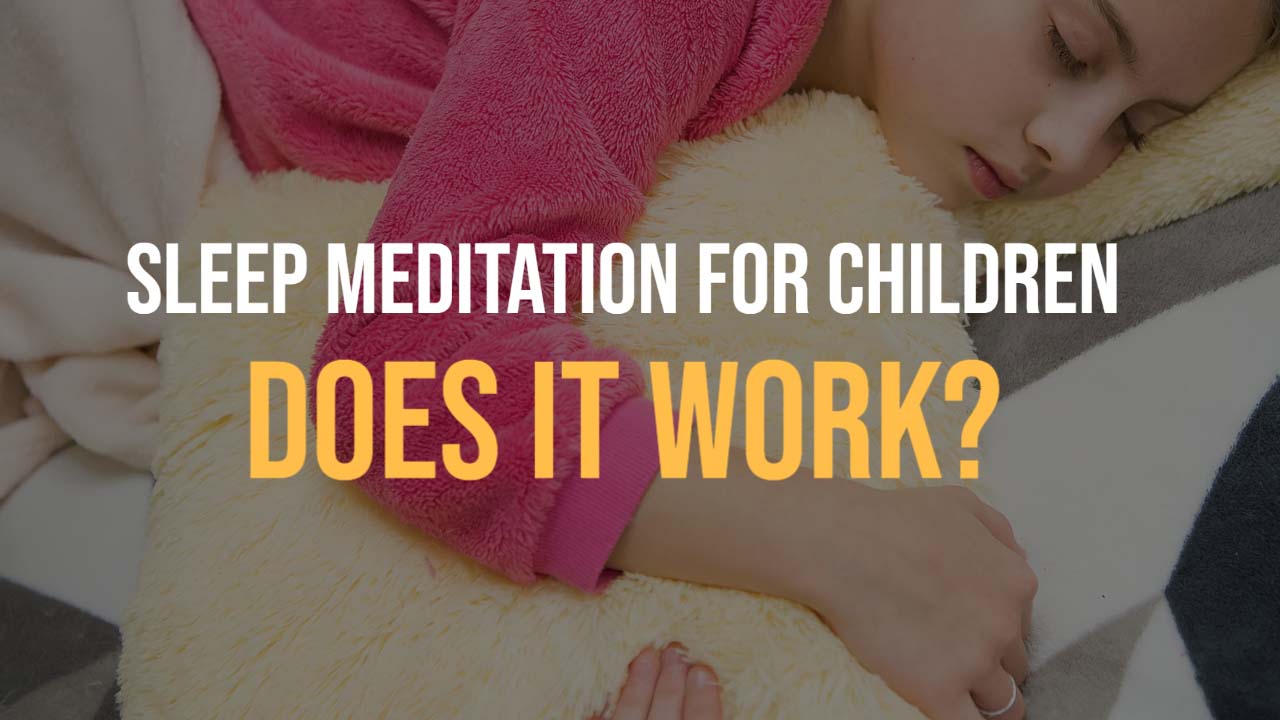
Sleep meditation is an increasingly popular practice for adults, but will it help children too?
In this blog post, we will discuss if sleep meditation can help your child drift gently into sleep and get the rest they need, outline the benefits of sleep meditation, take a look at scientific evidence, and answer some common questions about sleep meditation for kids.
Keep reading!
Can meditation help children fall asleep faster and enjoy better sleep?
Overall, scientific evidence suggests that sleep meditation can be a helpful tool for promoting better sleep in children.
It can be especially useful for children who have trouble falling asleep or staying asleep, or who are experiencing stress or anxiety that is affecting their sleep.
What is the difference between sleep meditation and bedtime stories?
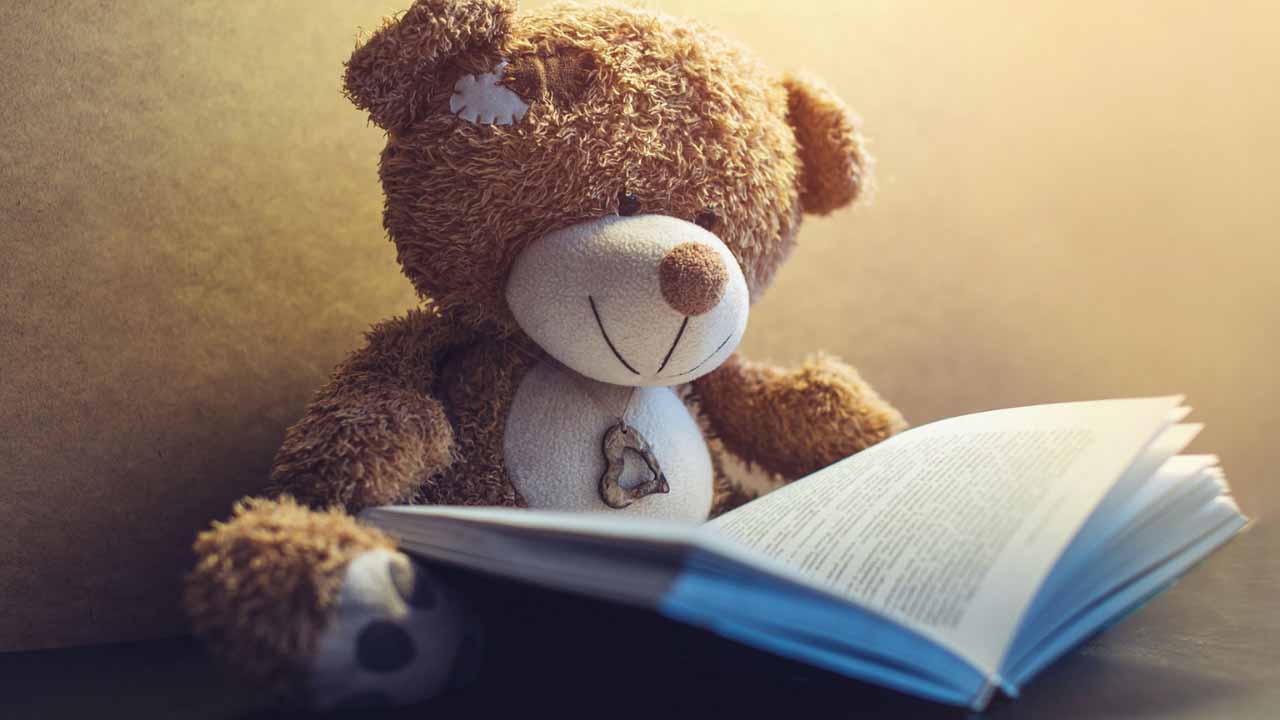
Bedtime stories and sleep meditations are two different types of activities that can be used to promote better sleep in children.
Here are some key differences between the two:
Bedtime stories
Bedtime stories are stories that are read or told to children before bedtime as part of a bedtime routine.
They are usually shorter in length and are designed to be engaging and entertaining for children.
Bedtime stories can be read by a parent or caregiver, or they can be played as a recorded story.
Sleep meditations
Sleep meditation involves the practice of relaxation techniques, such as deep breathing, progressive muscle relaxation, or visualization, which can help children relax and calm their minds.
It can also involve guided imagery, where children are guided through a visualization of a peaceful and calming scene.
Sleep meditations are typically longer in length than bedtime stories and may involve more structured techniques for calming the mind and body.
Both bedtime stories and sleep meditations can be useful tools for promoting better sleep in children, and which one is best will depend on the child’s individual needs and preferences.
Some children may enjoy a bedtime story more, while others may find a sleep meditation more helpful for falling asleep.
What are the main benefits of sleep meditation for children?
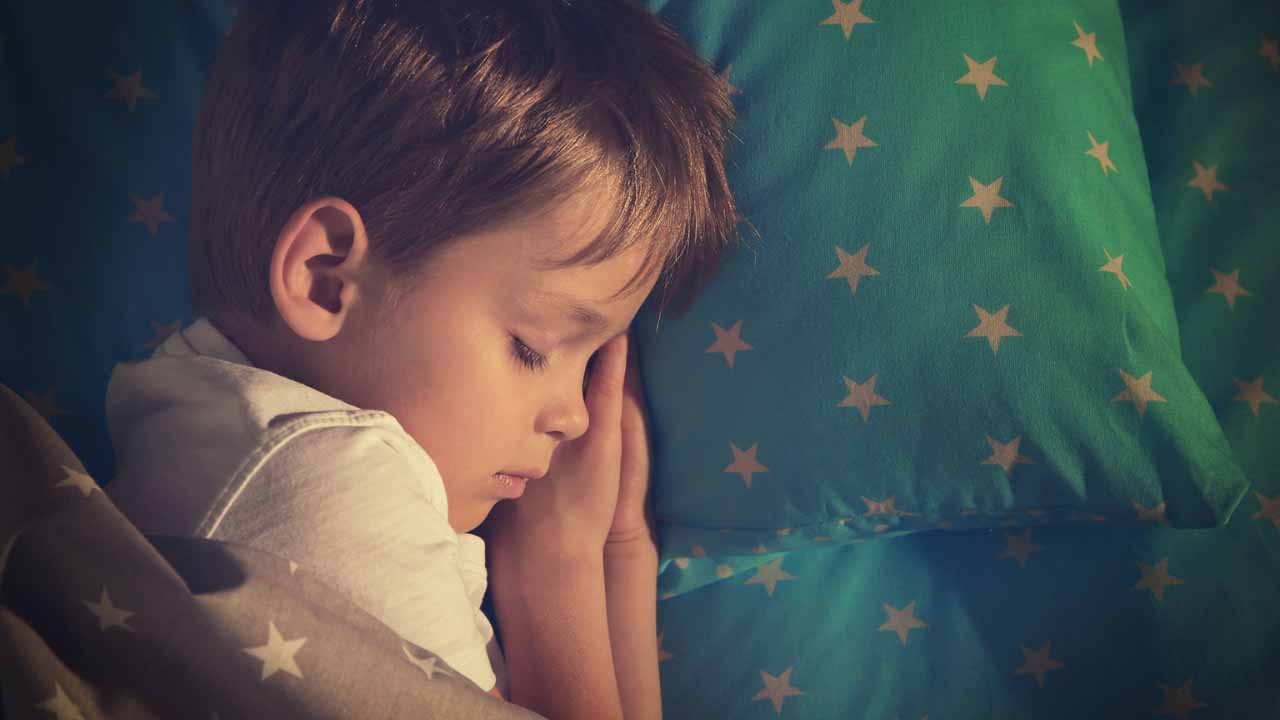
Bedtime stories and sleep meditations can be beneficial for children in several ways:
Helps children relax
Reading a bedtime story or listening to a sleep meditation can help children wind down and relax before bed, which can make it easier for them to fall asleep.
Promotes better sleep
A bedtime routine that includes a bedtime story or sleep meditation can help children fall asleep more quickly and sleep more soundly.
Encourages imagination and creativity
Bedtime stories and sleep meditations can help stimulate children’s imaginations and encourage them to think creatively.
Builds a stronger bond with parents
Sharing a bedtime story or sleep meditation with a child can be a special bonding experience that helps strengthen the parent-child relationship.
Enhances language development
Reading bedtime stories to children can help expose them to a wide range of vocabulary and language structures, which can enhance their language development.
Improves cognitive skills
Research has shown that reading to children can have positive effects on their cognitive skills, including problem-solving, critical thinking, and memory.
Is there a minimum age for a child to enjoy sleep meditations?
There is no specific age at which children can start enjoying sleep meditations.
However, children of different ages may be more or less receptive to sleep meditations, depending on their developmental stage and individual preferences.
Some children as young as toddlers may be able to listen to and enjoy sleep meditations, especially if they are used to listening to audio books or music.
However, it’s important to keep in mind that young children have shorter attention spans and may not be able to sit still for long periods of time, so you may need to keep the length of the sleep meditation shorter for younger children.
Older children, such as those in elementary school, may be more able to focus and pay attention to a longer sleep meditation. They may also be more interested in the content of the meditation and able to participate in guided visualizations or relaxation exercises.
Ultimately, the best age for a child to start enjoying sleep meditations will depend on the child’s individual development and interests.
It may be helpful to try out a few different types of sleep meditations to see what works best for your child.
Is there a scientific evidence that meditation helps children sleep?
Studies have shown that sleep meditation can be effective for improving sleep in adults, and there is evidence to suggest that it may be helpful for children as well.
Over the years, there have been several studies that have suggested that sleep meditation may be effective for improving sleep in children.
Here are a few examples:
“Clinical application of mindfulness-oriented meditation in children with ADHD: a preliminary study on sleep and behavioral problems” published by Physiology and Health magazine (Volume 37, 2022 – Issue 5).
The study results indicate that mindfulness and meditation training is a promising tool for ameliorating sleep quality and behavioral manifestations in children with Attention Deficit / Hyperactivity issues.
“The Effects of Mindfulness-Based Interventions on Sleep Disturbance: A Meta-Analysis” published by Adolescent Psychiatry (Volume 5, Number 2, pp. 105-115).
The research included 575 individuals aged from 8-87. The meta-analysis suggests efficacy of mindfulness-based interventions for improving sleep, as assessed by the sleep logs.
It’s important to note that these studies are just a few examples, and more research may be needed to fully understand the effectiveness of sleep meditation for children.
However, these studies do suggest that sleep meditation may be a useful tool for promoting better sleep for your kids.
It’s important to note that sleep meditation is not a substitute for good sleep hygiene and should be used in conjunction with other strategies for promoting better sleep, such as establishing a consistent bedtime routine and creating a comfortable sleep environment.
Even though the studies suggest that sleep meditation can be a useful tool for helping children fall asleep more easily and sleep more soundly, it may not work for every child.
It may be helpful to try a few different approaches and see what works best for your child.
Is it better to read the sleep meditation to your child or to play a recording?
Both reading a bedtime story and playing a recorded bedtime story can be enjoyable for children and have their own benefits.
Here are a few things to consider when deciding which approach to use:
Reading a bedtime story
Reading a bedtime story to your child can be a special bonding experience that helps strengthen your relationship.
It also gives you the opportunity to use different voices and expressions to bring the story to life, which can be more engaging for children.
Playing a recorded bedtime story
Playing a recorded bedtime story can be a convenient option, especially if you are busy or not feeling well.
It can also be a good way for children to listen to a story on their own, which can help build their independence.
Recorded bedtime stories may also be more suitable for children who have difficulty sitting still or paying attention to a long story.
Ultimately, the best option for your child will depend on their age, attention span, and interests, as well as your own availability and preferences.
sleep meditation for kids example
Here’s an example of a guided sleep meditation for children:
The Butterfly Nest
Hello and welcome to this relaxing session that tells a story to make you fall asleep easily, getting a long and restful sleep…
Get into your bed and lay down on your favorite pillow… feel your head being cradled like a little baby by your pillow… it is so soft and relaxing… if you want to cover yourself with a blanket you can.
When you are cozy and warm in your bed, close your eyes softly, imagine as if your eyelids are almost like feathers that lightly touch each other. Your eyelids feel so nice to touch and close…
Breathe through your nose filling up your tummy with air…
Imagine your belly is like a balloon that first grows bigger and bigger when you breathe in and then smaller and smaller as you breathe out.
Breathing in again, the balloon of your tummy gets bigger and bigger, and as you exhale… your tummy gets smaller and smaller.
When you breathe like this, your body relaxes and gets ready to sleep and rest.
So, breathe in again, filling the balloon in your tummy as much as you can…
And breathe out… feeling so sleepy already…
Now, just relax and listen to my soothing voice as I tell you this lovely story that puts you to sleep…
Once upon a time, there was a butterfly that liked to visit new places and try new things every day, her name was…
You can find the complete meditation script here:
Download Sleep Meditation Script For Children (The Butterfly Nest Story)
You can use this meditation script at home or in your business. For example, you can record an audio guided meditation.
Does sleep meditation work for your kids?
Overall, bedtime stories and sleep meditations can be a helpful and enjoyable way to promote better sleep and support your child’s development.
Do you have personal experience with easing loneliness through meditation? We’d love to hear your thoughts! Post a comment

